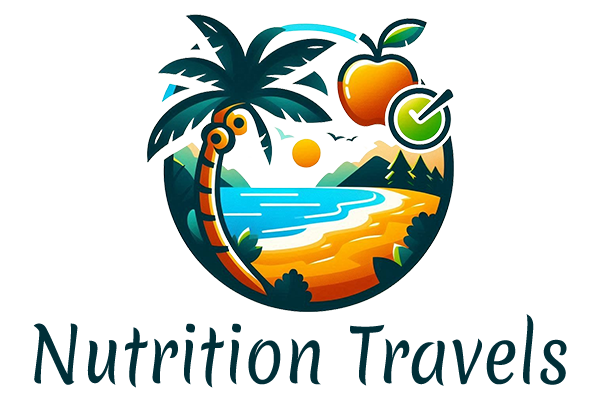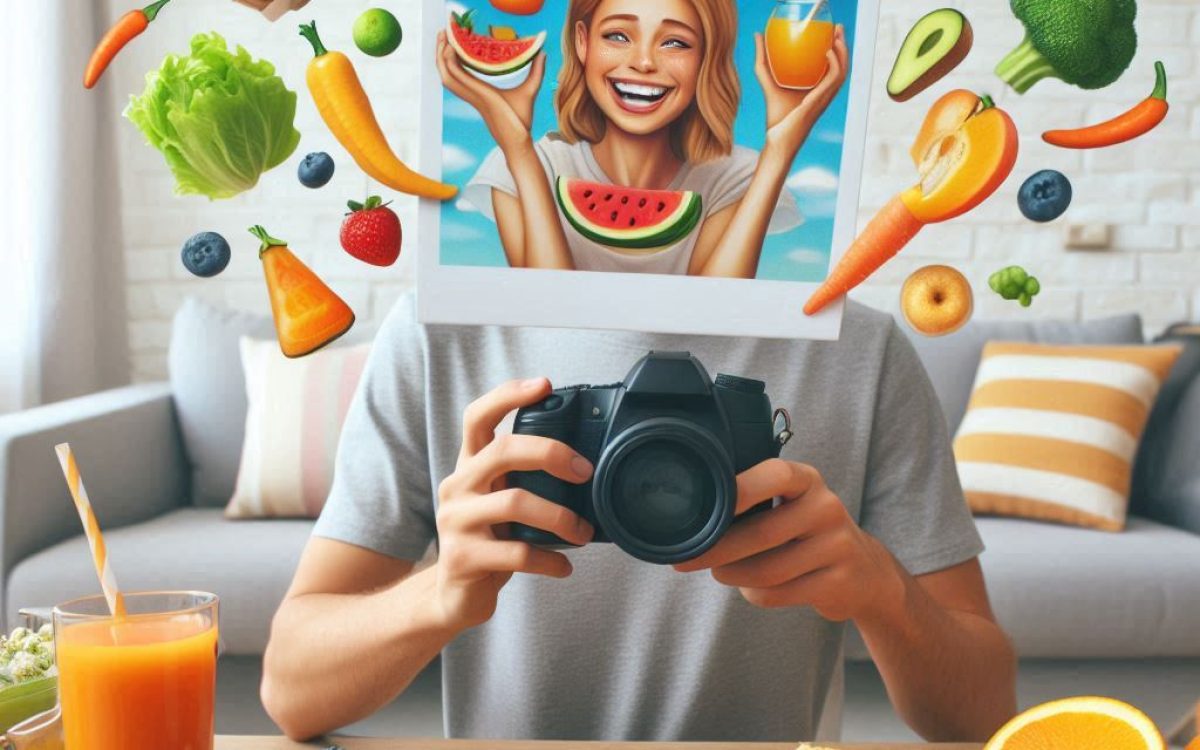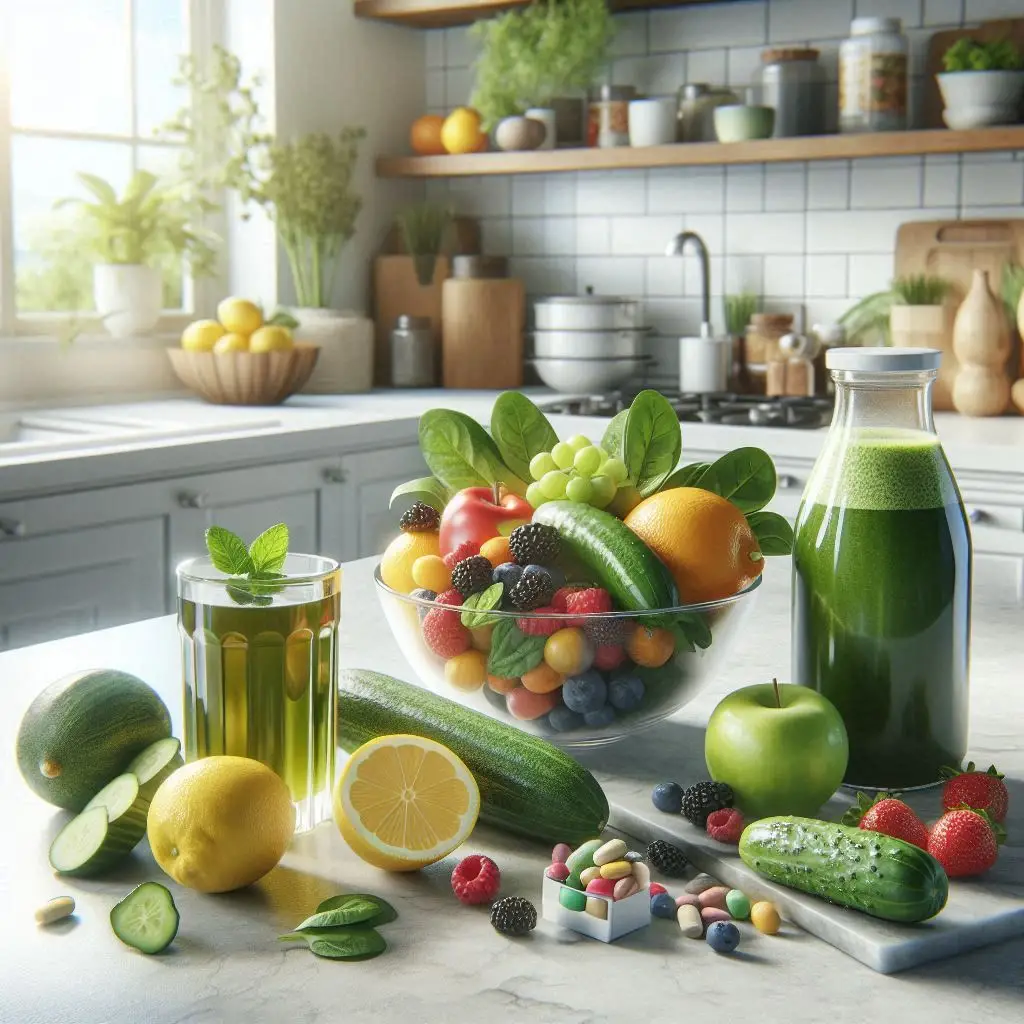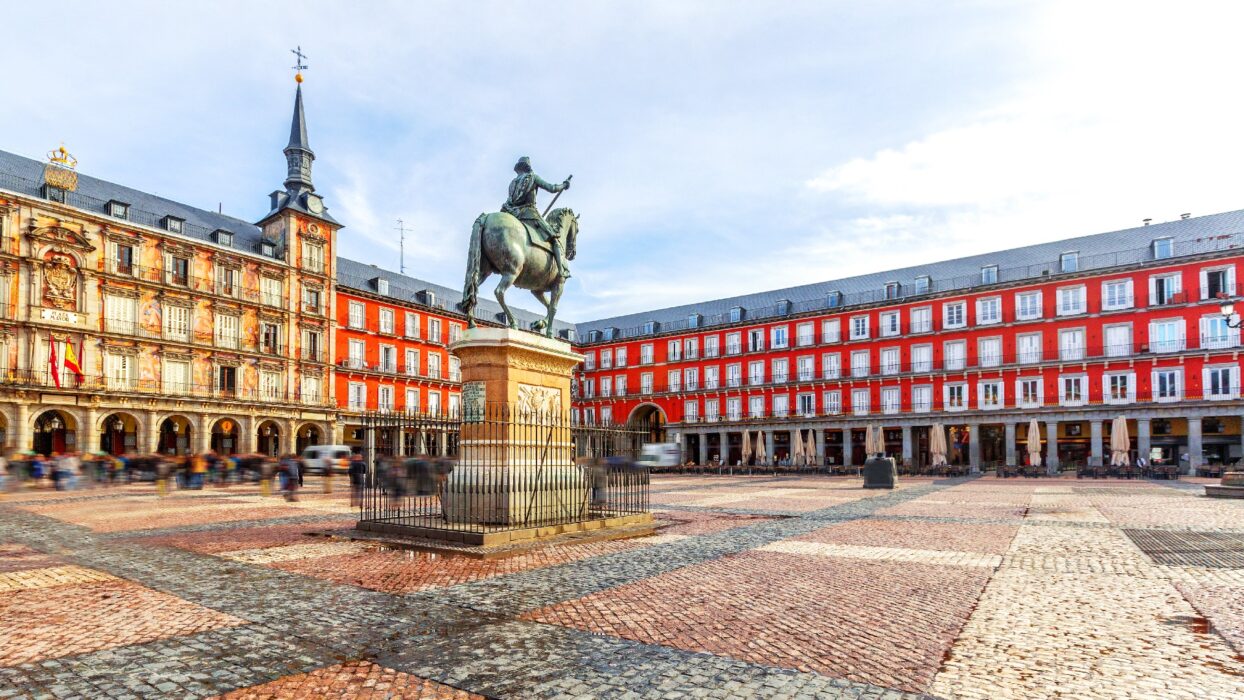Anemia is a common health issue that affects millions of people around the world — especially women, children, and travelers who may struggle to maintain a balanced diet. It happens when your blood doesn’t have enough healthy red blood cells or hemoglobin — the part that carries oxygen throughout the body. This leads to tiredness, weakness, and low energy. One of the biggest causes? Poor nutrition. The good news is that what you eat can make a real difference. A well-balanced, nutrient-rich diet is one of the best ways to prevent and manage anemia naturally.
What Is Anemia?
Anemia means your body isn’t getting the oxygen it needs because there aren’t enough healthy red blood cells. As a result, you might feel tired all the time, get dizzy easily, or notice your skin looking pale. These are your body’s signals that it needs help — often starting with better nutrition.
There are several types of anemia, the most important of which are:
- Iron-deficiency anemia – the most common type, resulting from a lack of iron needed to form hemoglobin.
- Vitamin-deficiency anemia – caused by a deficiency in vitamins such as B12 or folic acid.
- Hemolytic anemia – occurs when red blood cells are destroyed faster than they can be produced.
- Chronic disease anemia – linked to long-term conditions such as kidney disease or cancer.
The Relationship Between Nutrition and Anemia
What you eat plays a direct role in keeping your blood healthy. Your body needs key nutrients like iron, vitamin B12, folate (a form of vitamin B9), and vitamin C to build red blood cells. Without enough of these, your body may struggle to make the blood it needs — and that’s when anemia can start.
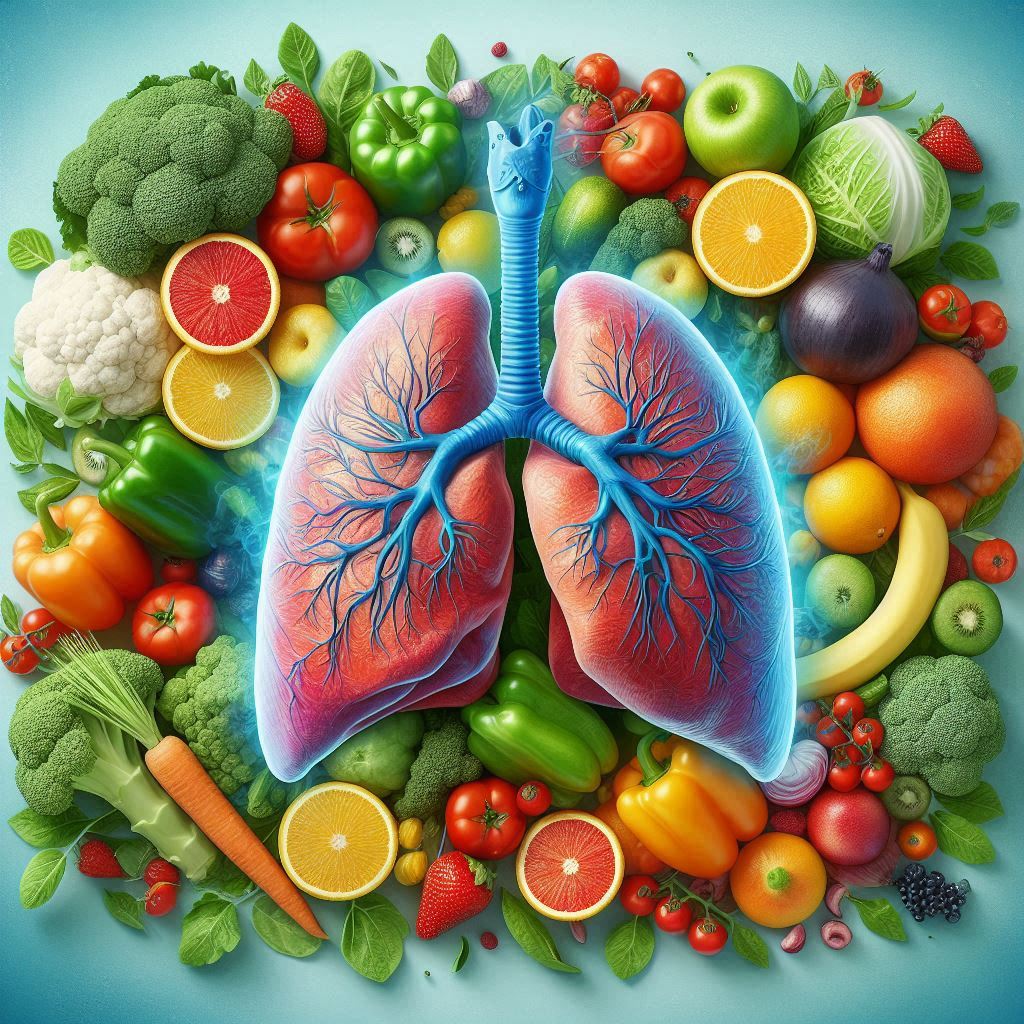
Anemia Symptoms Linked to Poor Nutrition:
- Constant fatigue and tiredness
- Pale skin and lips
- Rapid heartbeat
- Poor concentration and alertness
- Headaches and dizziness
- Cold hands and feet
- Brittle nails and hair loss
- Mouth sores or cracks at the corners of the lips
Essential Dietary Sources for Treating Anemia
-
Iron
Iron is found in two forms:
- Heme iron: Found in red meat, liver, chicken, and fish—easily absorbed by the body.
- Non-heme iron: Found in leafy greens, legumes, and whole grains—absorbed less efficiently.
Iron-rich foods include:
- Beef liver
- Spinach
- Lentils
- White beans
- Chickpeas
- Iron-fortified cereals
- Pumpkin seeds
-
Vitamin C
Helps absorb non-heme iron from plant-based sources.
Sources include:
- Oranges and citrus fruits
- Red and green bell peppers
- Strawberries
- Guava
- Tomatoes
-
Folic Acid
Essential for red blood cell production.
Sources include:
- Leafy greens (such as spinach and broccoli)
- Whole grains
- Liver
- Beans
- Avocados
-
Vitamin B12
Plays a role in DNA synthesis and red blood cell formation.
Sources include:
- Red meat
- Dairy products
- Eggs
- Fish
- Fortified cereals
The Role of Nutrition in Preventing Anemia
Following a varied and balanced diet can greatly reduce the risk of anemia. Key recommendations include:
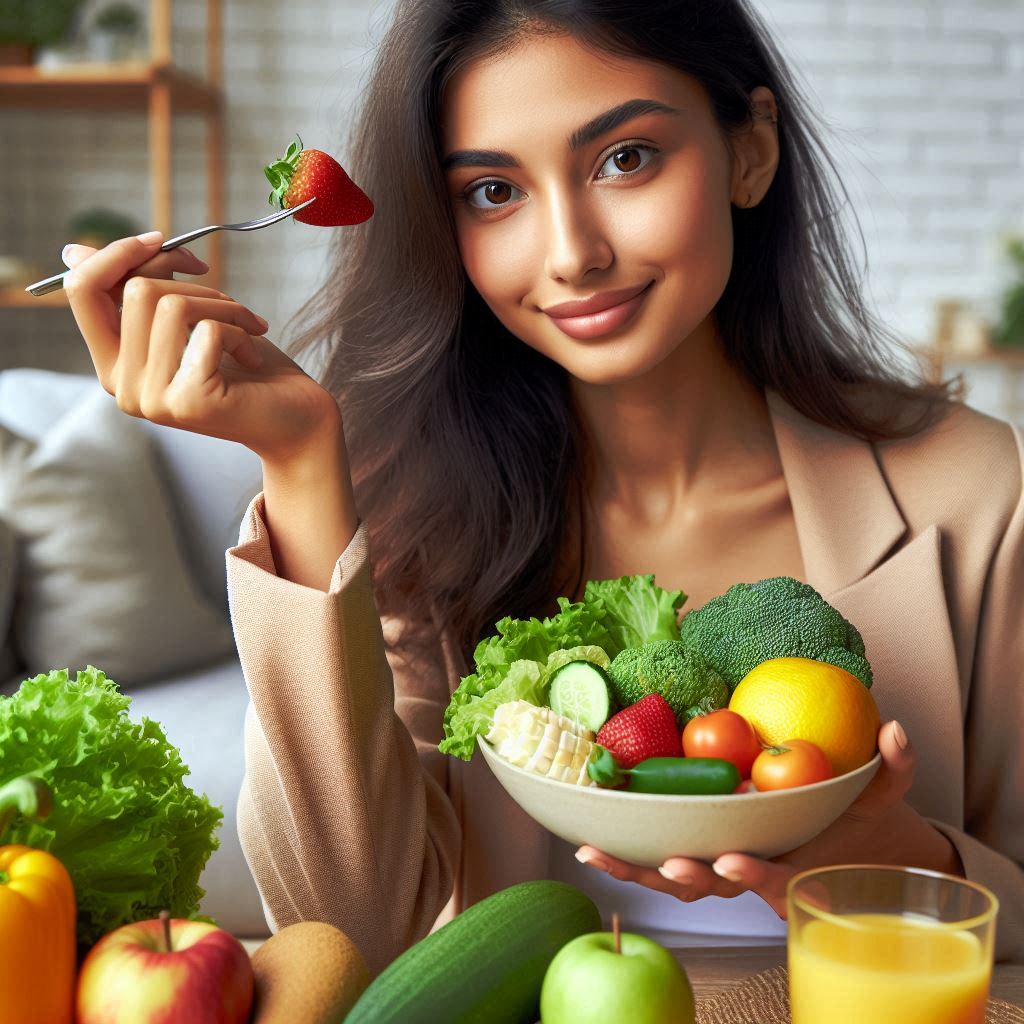
- Include animal-based sources of iron in meals.
- Combine non-heme iron with vitamin C to boost absorption.
- Avoid drinking tea or coffee directly after meals, as they reduce iron absorption.
- Eat a breakfast that includes iron-fortified cereals.
- Snack on nuts and seeds between meals.
- Ensure pregnant women receive regular intake of folic acid and iron.
Groups Most at Risk of Nutritional Anemia
Some people need to be extra careful about getting enough iron and other blood-boosting nutrients:
- Women who lose blood during monthly periods
- Pregnant women, whose bodies need more nutrients for them and their babies
- Young children and teenagers, because their bodies are growing fast
- Teenagers during hormonal changes
- Vegetarians and vegans, who may miss out on iron and B12 unless they choose fortified foods or take supplements
Dietary Interactions That Affect Iron Absorption
Some foods and habits can either hinder or enhance iron absorption:
Factors that reduce absorption:
- Calcium (especially dairy if consumed with meals)
- Phytic acid (found in some grains)
- Oxalic acid (in tea)
- Caffeine
Factors that enhance absorption:
- Vitamin C
- Cooking with cast iron pots
- Reducing processed foods
Dietary vs. Supplement-Based Treatment
In mild cases, anemia can be corrected through diet alone. However, in more advanced cases, doctors may prescribe:
- Iron supplements
- Vitamin B12 (oral or injectable)
- Folic acid
It’s always recommended not to take supplements without medical supervision, as overdoses can be harmful.
Daily Meal Plan for Anemia Patients
Breakfast:
- A glass of fresh orange juice
- Two boiled eggs
- Whole grain bread
Lunch:
- Grilled beef or liver
- Brown rice or lentils
- Salad with bell peppers and tomatoes
Dinner:
- Tuna or egg salad
- Slice of whole wheat bread
- A cup of milk (preferably between meals, not with)
Snacks:
- A handful of almonds or walnuts
- A vitamin C-rich fruit such as strawberries or guava
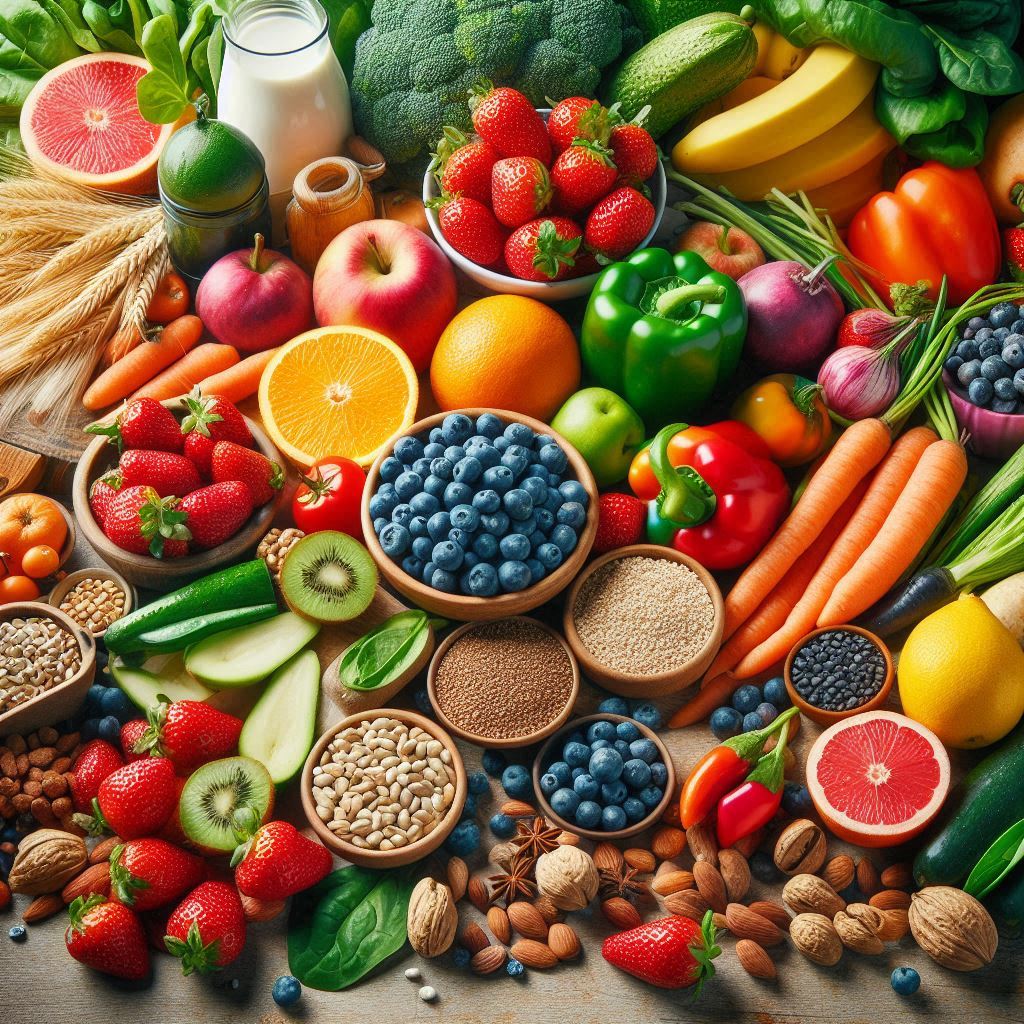
When to See a Doctor
Despite the importance of nutrition, some cases require medical attention, such as:
- Persistent fatigue despite improved nutrition
- Severe symptoms during pregnancy
- Neurological symptoms (numbness, poor concentration)
- Underlying chronic illnesses
Anemia is not just a temporary health issue—it’s often a sign of imbalance in lifestyle or nutrition. The good news is that treatment is often within reach, beginning with what we put on our plates. Paying attention to a balanced diet, being aware of essential nutrients, and seeking medical advice when needed can make anemia a preventable and treatable condition. So, fill your plate with power—because food is your first medicine.
Discover reliable insights and up-to-date articles on everything related to health and nutrition at Nutrition Travels.
